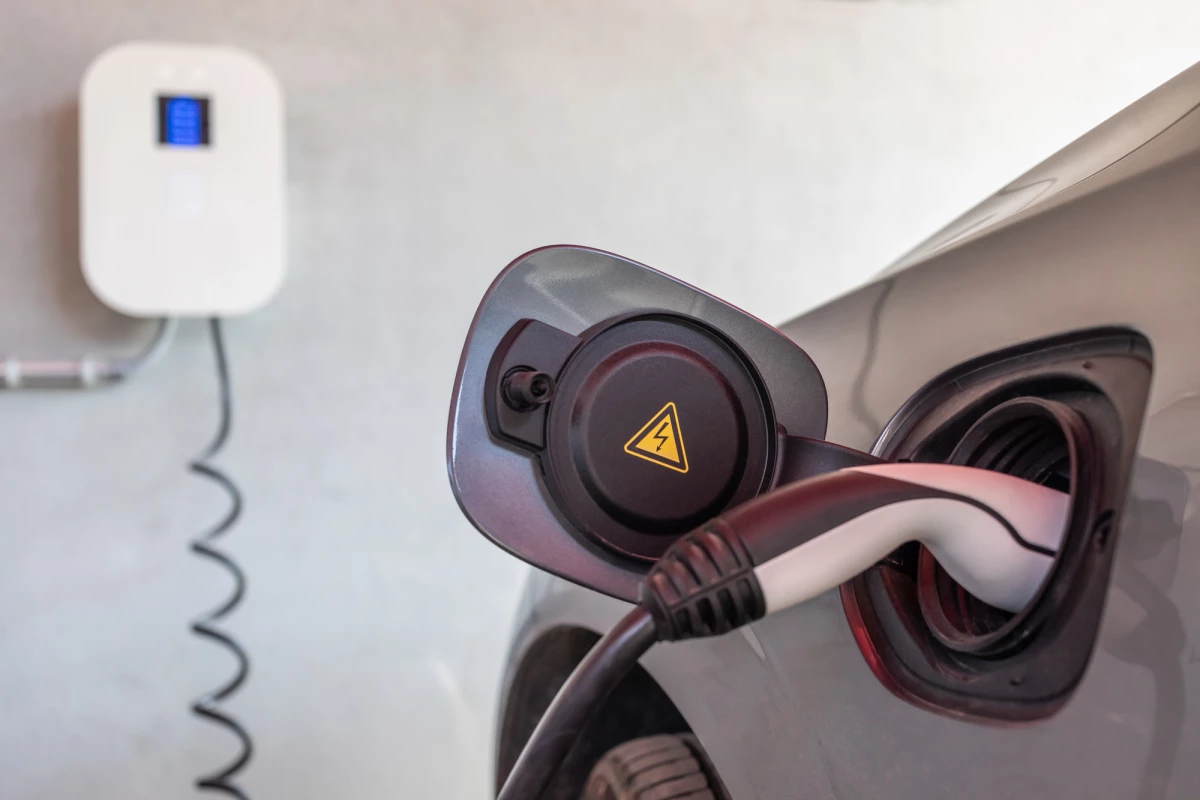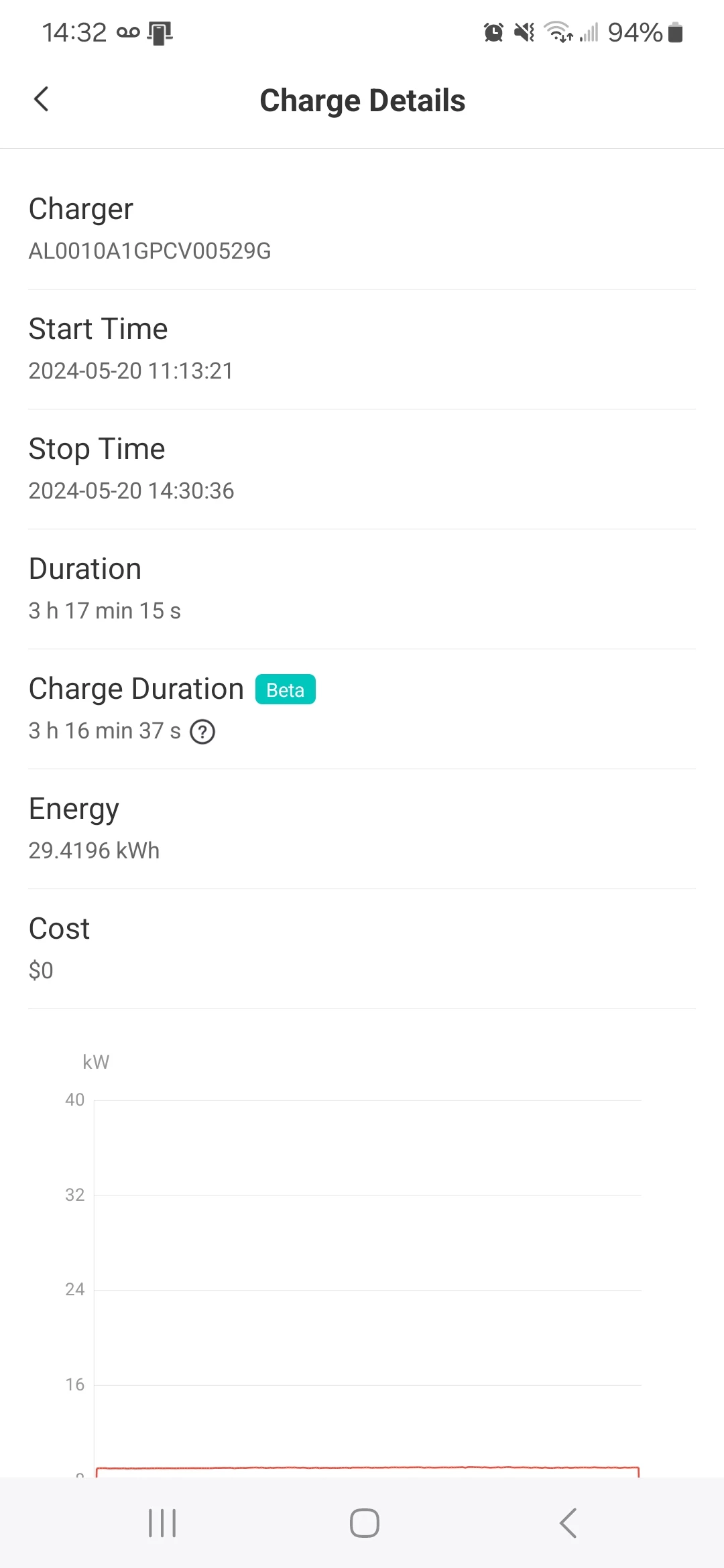Electric vehicles and the infrastructure around them is still very new. And for consumers, the idea of an EV might sound great, but it’s a lifestyle change that may require some added work outside of the vehicle purchase itself. I’ve been going through that learning curve myself.
A few years ago, I went through the process of getting the proper electrical and an EV charging unit installed in my house. I detailed the electrical needs at that time, so I won’t be going over that here as those haven’t changed. What has changed in the intervening three years since that article are costs for charging units and my experience with them.
The first unit I bought was a quick Amazon purchase to cover the interim between my electrical installation and the receipt of my permanent unit. Because I did not know when the electrician would have the parts to finish my install (my home’s electrical panel has older switches), I was hesitant to spend the money to buy the unit. At the time, the Grizzl-E model I wanted was about US$500, but has since dropped to about $350.
My trepidation meant that there was about two months between the finished electrical work and the delivery of my Grizzl-E unit from Canada. So I purchased a cheap (roughly $100) “who knows who made this thing” unit off Amazon. It delivered only 32 amps at maximum, so it wasn’t capable of utilizing the whole 50-A (40-A usable) circuit I’d opted for, but I figured it would do well in the meantime. It didn’t.
When it arrived, it was DOA and never worked at all. I attempted to plug it into a couple of EVs with no luck and wound up sending it back for a refund when the Grizzl-E arrived earlier than expected. Lesson learned: cheap is often cheap for a reason, and patience is a virtue.
I had opted for the Grizzl-E as it is extreme weather rated, especially for cold – a common thing here in Wyoming. In hindsight, since the charger is indoors, this was not as much of a concern as I had thought. Most EV charging happens over long periods and adding another 30 minutes or so to the charge time to let the plug cord warm up to capacity isn’t really that big of a deal. Most of the time, the cord can deliver its maximum without delay as it’s only when temperatures are extreme – below about 15 °F (-9.5 °C) – that things get slower. So unless one lives where it’s extremely cold for much of the year and are planning to mount the unit outdoors, there’s probably no reason to limit oneself to an extreme-rated charging unit.
For about a year, the Grizzl-E was a great unit. There were issues, usually with its Wi-Fi connection and with random software updates causing blips in service, but those were usually resolved quickly thanks to the excellent customer service a small company can provide. But the company was growing. Quickly. Soon, came a new app from a third party, changes in how data could be collected, and the eventual bricking of the charger and a fair amount of runaround from Grizzl-E’s maker and its third party app provider blaming one another.
This meant that for over a month, the wall charger was non-functional. With no public charging available where I live, that was a problem. I got by with the EVs I had by using their included household plugs, but those weren’t always 240-volt and it left me reliant on the vehicle’s data to estimate charge times and efficiency. So I needed something else.
I went back to Amazon and purchased a 32-A portable J1772 plug and cord that had good reviews and was within my $150 budget. My thought was that this could also be a 'take it with you' charger if I ever needed to travel any distance beyond town with an EV. I lived with this charger, and an occasionally functioning Grizzl-E, for over a year. During that time, I did a lot of shopping and research to find a replacement unit.

Talking with EV enthusiasts, looking at online reviews, and continued research showed me that the sweet spot for wall-mounted, plug-in home chargers is in the $500 to $700 range. Cheaper than that and you'll likely have issues at some point. Units from companies like Autel, ChargePoint, and Home Flex were recommended most often. Most of the wall units sold by these companies have 16-A to 40-A plug-in service and options for higher amperage units that are hardwired into the circuit.
Autel approached me about testing one of their units as I was doing my sums and looking to choose an option. So I installed their 40-A unit in place of the Grizzl-E. The install was easy, since I already had the mounting holes in place and they happened to match up with the Autel’s bracket. That was a bonus. The plug was upside down from what the Grizzl-E had been, which made getting it plugged into the outlet a little more work, but nothing a set of pliers to bend the lip of the outlet’s cover box didn’t remedy. It's indoors so doesn't need to be weather-proof.
After setting up the unit and installing the Autel app, I plugged in a Toyota bZ4X (reviewed here). No problems out of the gate. Since installation, the Autel has charged vehicles from BMW, Genesis, Kia, Mercedes, and Toyota. With no problems outside of one non-connect via the app wherein the vehicle was charging, but the app wasn’t talking to the wall unit. That issue was because our home Wi-Fi was down due to a software update. It was easily remedied by switching to a Bluetooth connection until the Wi-Fi was restored.
The lesson here is that it’s worth taking the time to match your needs and circumstances to the right setup. My needs are unique in that I do not drive a dedicated electric vehicle or have a charging unit that was included with a vehicle purchase. Were I using a plug-in hybrid vehicle (PHEV), for example, I’d probably not opt for a wall charger at all and would instead just use a standard household plug. There’s no reason to go to the expense and trouble of setting up dedicated charging for a vehicle that only holds a few kilowatt hours of charge.
The same goes for an occasional-use electric vehicle. If the vehicle is used as a daily commuter and nothing more, a dedicated charger may not be a real need. Many people that I know who own an EV also own a gasoline or hybrid vehicle that they use for longer trips. And those who live where public charging is very accessible may find that plugging in at home is an expense not worth having.
In the end, my setup totaled about $1,700 in all, not including the bad charger purchases. I spoke to a realtor and found that the dedicated outlet in the garage adds about $600-$1,000 to our home’s value. Property owners might want to consider what a plug might add when thinking about this. How much value is added greatly depends on where you live, of course.









